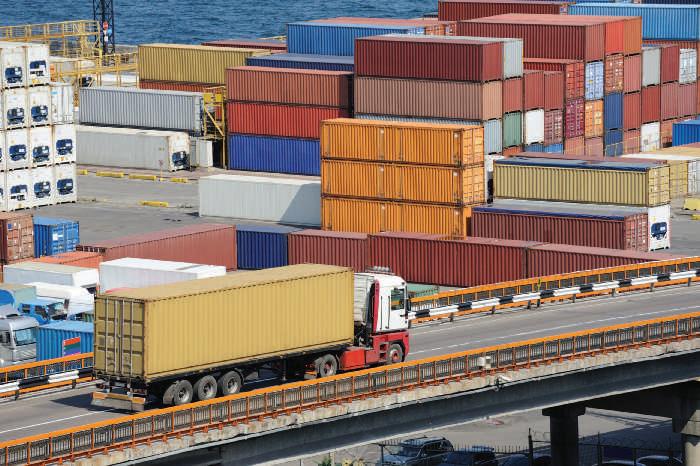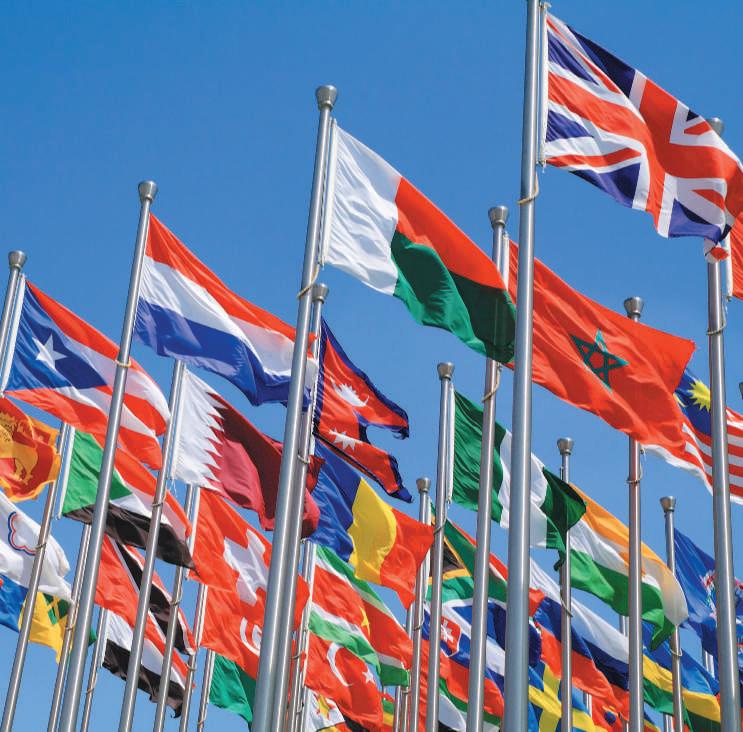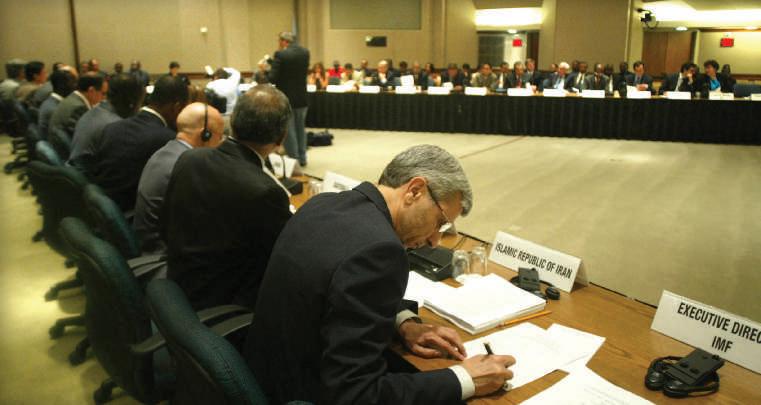22
C h a p t e r 1 T h e Ri s e o f G lo b a li z a t io n
this could cause political strain, especially in nondemocratic societies. Failure to adapt will likely negatively impact some countries more than others. As current technologies become even cheaper, they will spread faster the world over. While some governments may hold their countries back, the vast majority will move forward. The number of mobile phones that can access the Internet has been growing at a phenomenal rate, especially in the developing world. In 2008, China surpassed the United States as the country with the largest number of Internet users—more than 642 million in 2014 as compared with 280 million in the United States (2nd) and 243 million in India (3rd)—as well as some 1,227 million cell phone subscribers, more than any other country followed by India with 924 million and the United States with 328 million. The potential for mobile Internet service remains enormous. Mobile web-browsing has been growing the fastest in developing countries, including Nigeria, India, and South Africa. Behind these statistics lies a more profound social change, such as web banking and web commerce, which enhances worker productivity and economic efficiency in these countries. A couple of years ago, a favorite example of cell phones’ impact on the developing world was that of an Indian fisherman calling different ports from his boat to get a better price for his catch. However, cell phones are now increasingly being used to access more elaborate data services, such as M-PESA, a cell phone payment service introduced by Safaricom Kenya. M-PESA allows subscribers to deposit and withdraw money by text message. Similar services have proved popular in the Philippines, South Africa, and even the Maldives Islands in the Indian Ocean.
1-5d H ow Countries “Leapfrog” into the Internet and Cell Phone Era As of 2014, about 43 percent of the world’s population of 7 billion had access to the Internet. These three billion people have been empowered by the opportunities that the Internet presents for business, social interaction, and civic engagement. The question now is: What will be the characteristics of the next several billion Internet users?17 Analysts believe that the next billions of Internet users will be vastly different from the first billion. Because of market saturation in developed economies, the majority of users will be from developing countries, and they will connect to the Internet principally via wireless networks. In many developing countries, the number of cell phone subscribers now outnumbers those for fixed-line networks by more than 20:1. For example, the number of new mobile subscribers added each month in India exceeds Sweden’s entire population! As cheaper “Internet-capable” mobile phones become the norm and competition and economies of scale lowers access prices, the same can be expected for Internet services. As communication access spreads in developing countries, businesses rather than governments will lead the way by offering lower prices and more choices for services and devices, with economic liberalization as an enabling factor. Safaricom’s parent company, Vodafone, launched M-PESA’s mobile payment service in Tanzania and Afghanistan and plans to introduce it in India, where unlimited wireless access to the Internet can be purchased for less than $6 a month. Furthermore, since mobile phones are often shared by several members, say of a family, the number of calls made and/ or received on a single cell phone in India is two to three times the average seen in most developed economies. It has become apparent that developing countries are skipping the use of land-line technology and moving directly to wireless systems, thereby leapfrogging an entire generation of technology and catching up faster with the developed world. Nonprofit organizations in developing countries believe that text messaging will likely predominate emerging economies’ mobile phone usage for three reasons: (1) all cell phones, however inexpensive, can send text messages; (2) users know what it costs to send a text message; and (3) cell-web access requires more sophisticated handsets and may not always Copyright 2017 Cengage Learning. All Rights Reserved. May not be copied, scanned, or duplicated, in whole or in part. Due to electronic rights, some third party content may be suppressed from the eBook and/or eChapter(s). Editorial review has deemed that any suppressed content does not materially affect the overall learning experience. Cengage Learning reserves the right to remove additional content at any time if subsequent rights restrictions require it.







































